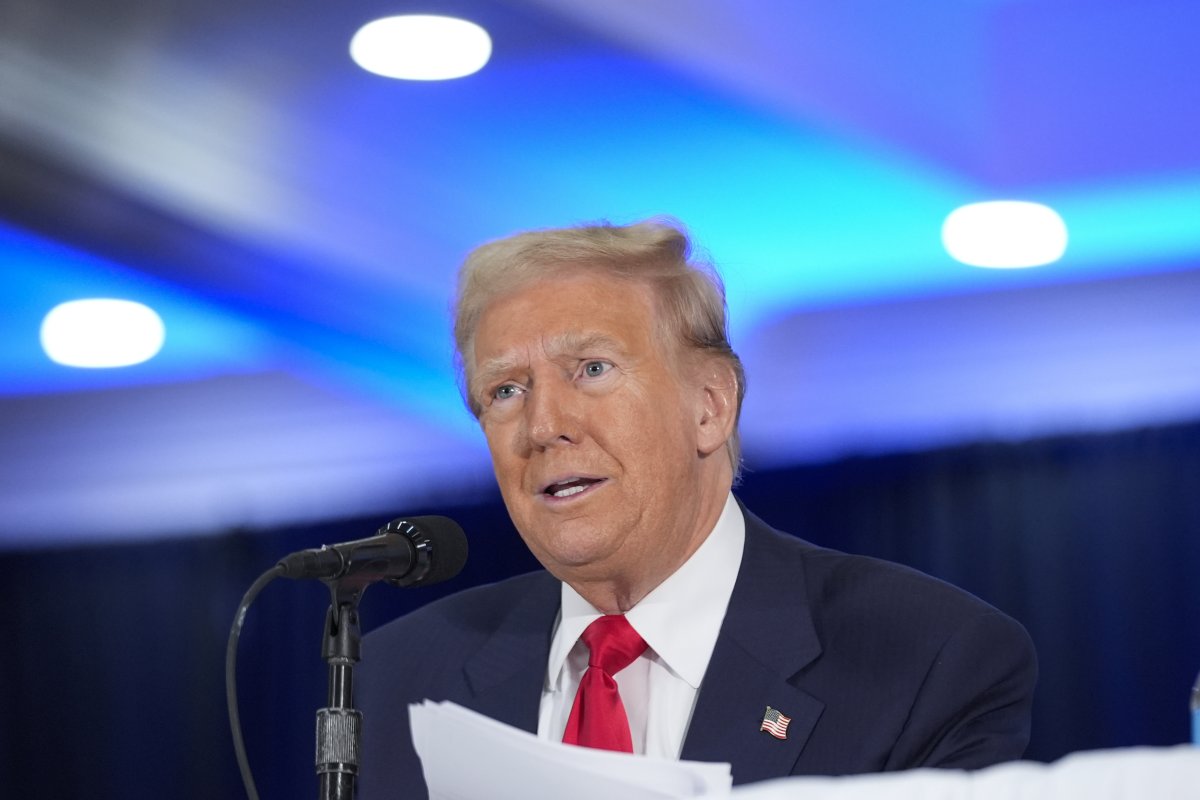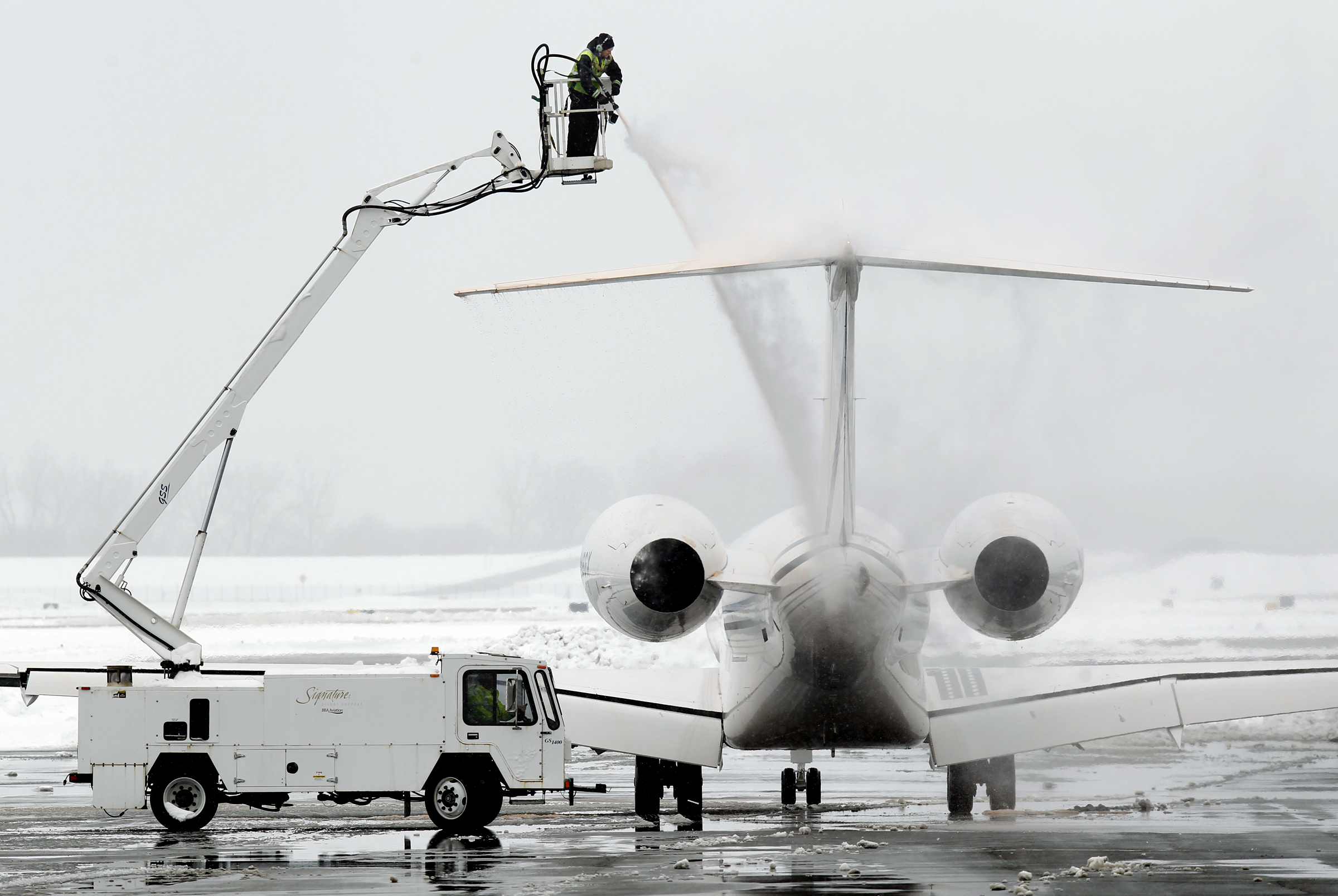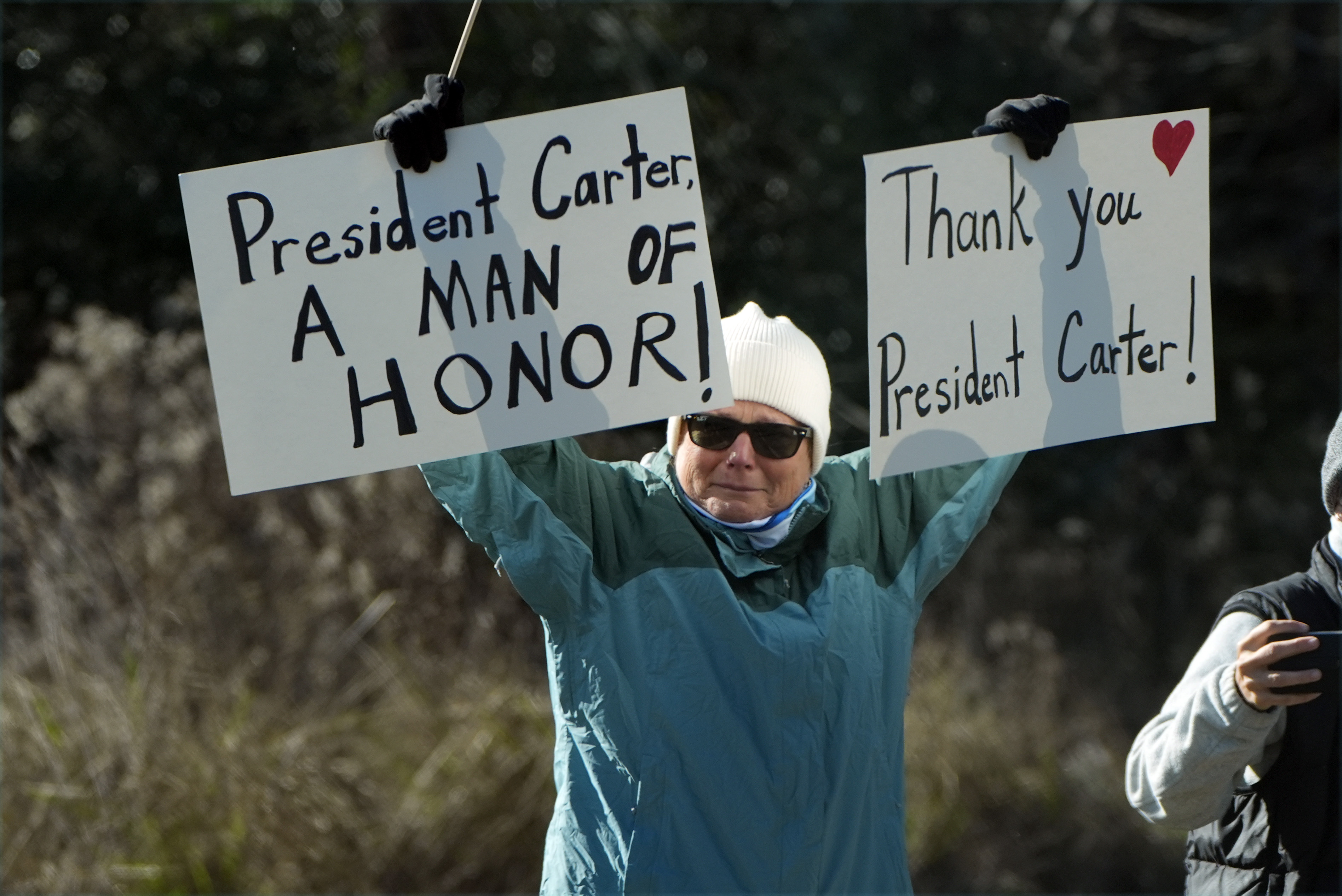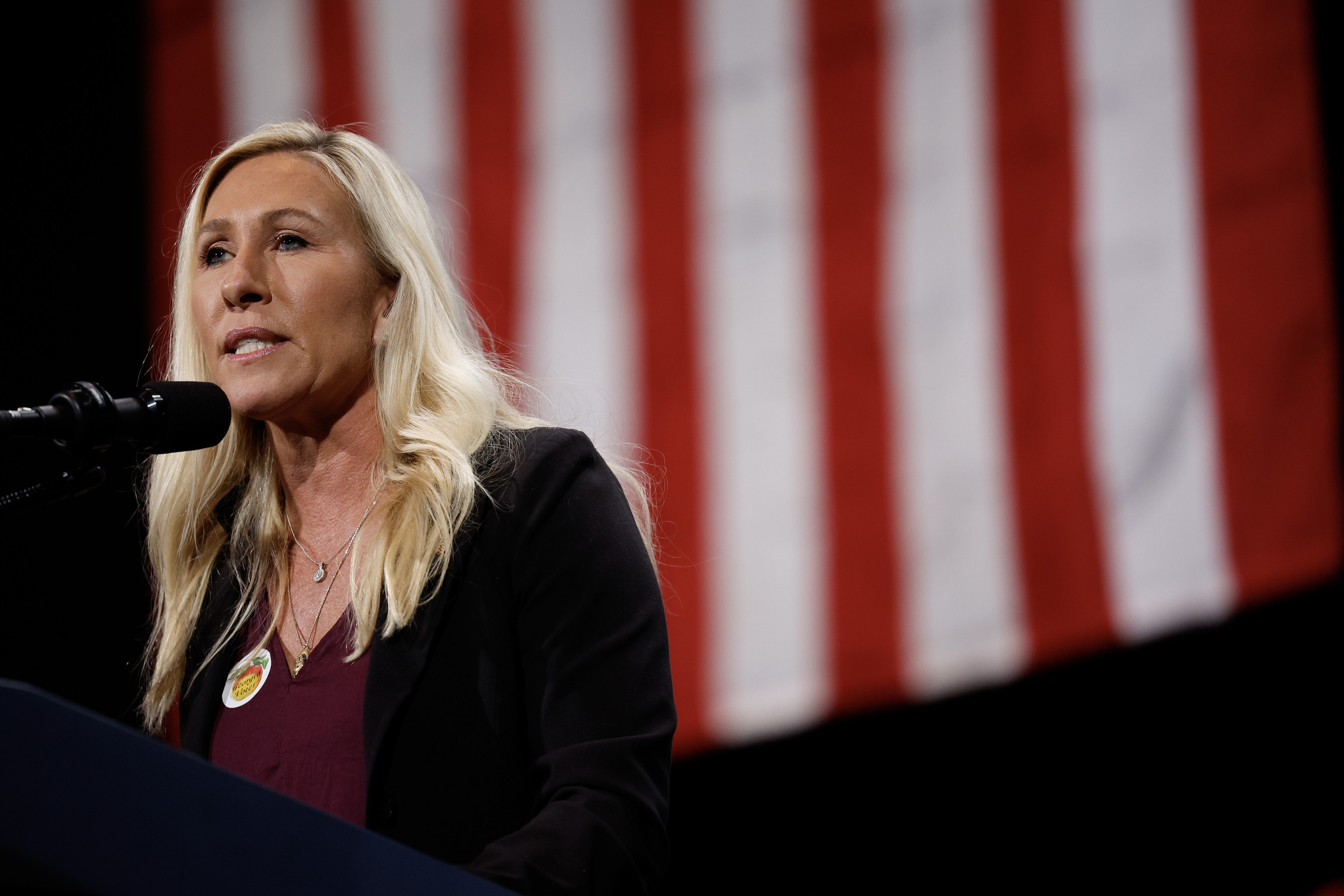Donald Trump's vote share among white noncollege educated voters is declining nationally and in 3 key battleground states, according to CNN.
Political analyst Harry Enten's analysis shows Trump is leading nationally among noncollege educated white voters by 27 points, down from 31 points in 2020 and 33 points in 2016.
"That might not seem like a lot, but given that we're seeing these double digit gains among Black voters or among Hispanic voters in some of the polls, the fact that we're seeing this core group of supporters actually moving away from him, not just off of the 2016 baseline, but the 2020 baseline as well, I think that's a rather interesting development," Enten said.
Previous analysis by Enten showed that Trump's vote share among Black and Hispanic voters was increasing compared to 2016 and 2020.
Enten said that the shift mattered because noncollege educated white voters make up 40 percent of the electorate nationally, but 51 percent of the electorate in the key battleground states of Pennsylvania, Michigan and Wisconsin.

That is compared to college-educated white voters, who make up 29 percent of the electorate nationwide and 30 percent in the Midwestern swing states, and all other voters who make up 28 percent of the electorate nationwide and 16 percent in the swing states.
"Donald Trump is making huge gains with groups that make up a smaller percentage of the electorate, but these groups that he's losing a little bit of make up a much larger portion of the electorate," Enten explained.
Enten's analysis also revealed that Trump's vote share among noncollege educated white voters is declining in Pennsylvania, Michigan and Wisconsin, with his lead currently standing at 19 points, compared to 22 points in 2020 and 25 points in 2016.
"Trump is ahead, but his margins are smaller," Enten said. "And when you have a shrinking margin for Donald Trump, among his core group that makes up the majority of voters, it can make up for big shifts among smaller groups in the electorate and this is why Kamala Harris is still in the ball game right now."
He added that Harris was losing "big league" among groups that make up a smaller portion of the electorate, but is "making it up" among bigger portions of the electorate.
Enten did not provide a breakdown of how he formed his aggregates but cited an average of postelection surveys from 2012-2020 and preelection surveys this year.
Newsweek has contacted the campaigns of Trump and Harris for comment via email.
Trump has consistently performed well with less-educated voters, but his declining support in key swing states could pose challenges for his campaign. In Pennsylvania, which carries 19 electoral votes, 54 percent of voters without college degrees supported Trump in 2020, The Telegraph reported, with that number rising to 66 percent among white noncollege graduates. However, although Trump secured most counties with lower education levels in 2020, he lost Erie and Northampton counties, where around 30 percent of the population holds college degrees, and lost the state overall.
Meanwhile, other polls have shown that Trump's shrinking support among noncollege educated white voters may cost him crucial swing states again, including Pennsylvania, Michigan and Wisconsin.
For example, a poll conducted by the New York Times/Siena College between August 5 and August 9 showed that Trump's lead among the demographic had been slashed by 13 points since May in the three states. In a New York Times/Siena College poll conducted between April 28 and May 9, Trump was 26 points ahead of Biden among white noncollege-educated voters when third-party candidates were included—with 52 percent to his opponent's 26 percent.
Polls have also shown Trump's vote share declining among noncollege educated white women, who he won by 64 percent in 2020, up from 56 percent in 2016, according to the Pew Research Center.
According to a PBS News/NPR/Marist poll, conducted between September 27 and October 1, Trump holds a 13-point lead among noncollege educated white women, with 55 percent of the vote to Harris' 42 percent. The poll surveyed 1,294 likely voters and had a margin of error of ±3.7 percentage points.



















:quality(85):upscale()/2024/04/24/878/n/3019466/36c5693c662965c5d1ce91.72473705_.jpg)
 English (US) ·
English (US) ·